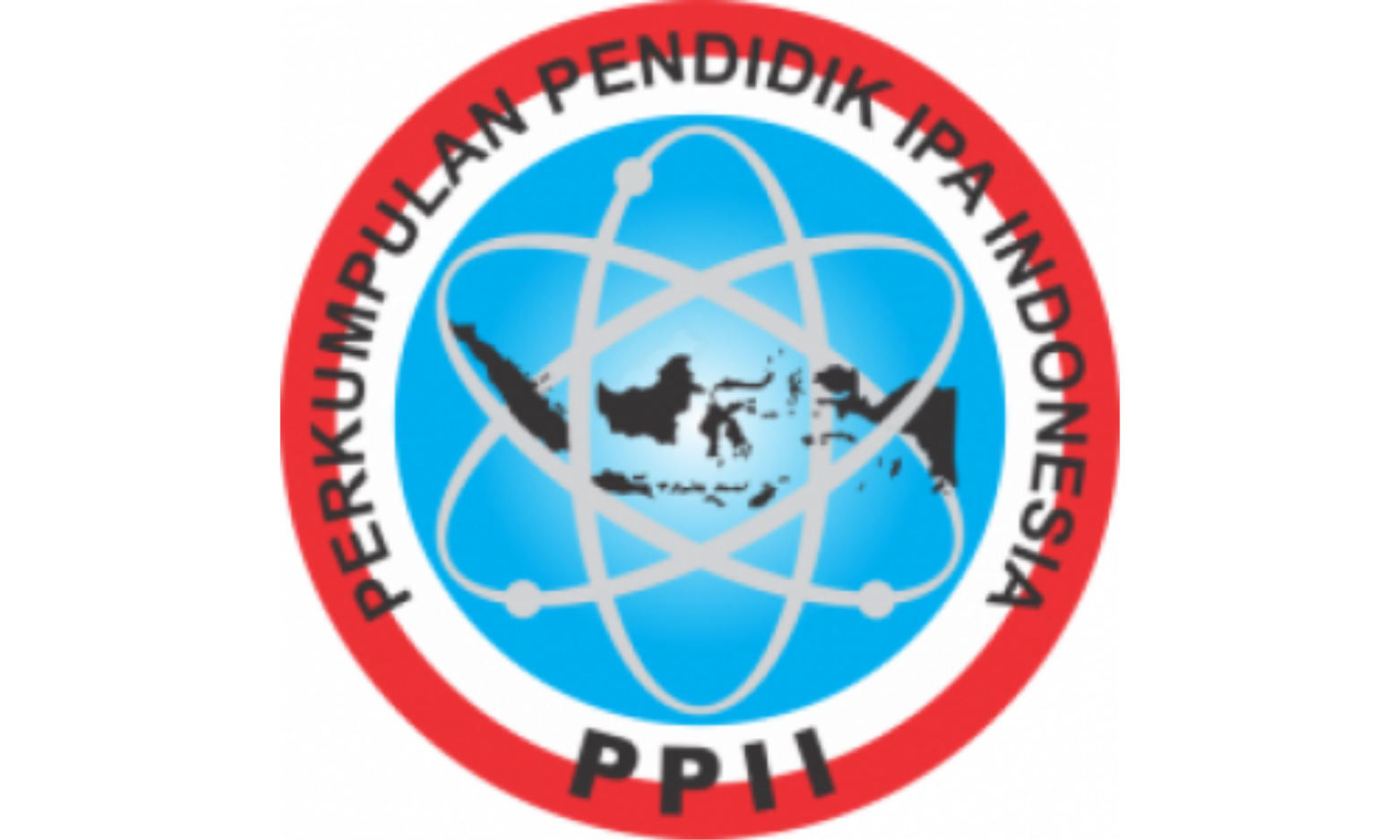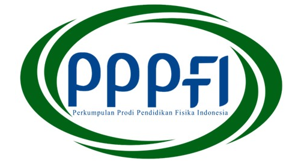ONE-DIMENSIONAL MOTION EXPERIMENTS AND DATA PROCESSING USING THE RASPBERRY PI AND PYTHON
DOI:
https://doi.org/10.15575/jotalp.v8i1.22889Keywords:
Raspberry Pi, Python, Experiment, One-dimensional motionAbstract
References
Ana, A. J., Suarti, S., Rasyid, R., & Mariani, S. (2022). The effect of the contextual teaching and learning (CTL) learning model based on simulation media on students' motivation and learning outcomes in physics learning. Journal of Teaching and Learning Physics, 7(2), 88–96.
Bolton, W. (2009). Chapter 1 - Programmable Logic Controllers. In W. Bolton (Ed.), Programmable Logic Controllers (Fifth Edition) (pp. 1–19). Boston: Newnes.
Bujang, M. A., Khee, H. Y., & Yee, L. K. (2022). A Step-By-Step Guide to Questionnaire Validation Research. Zenodo.
Dutta Gupta, S., & Agarwal, A. (2017). Artificial Lighting System for Plant Growth and Development: Chronological Advancement, Working Principles, and Comparative Assessment. In S. Dutta Gupta (Ed.), Light Emitting Diodes for Agriculture: Smart Lighting (pp. 1–25). Singapore: Springer.
Dziuban, C., Graham, C. R., Moskal, P. D., Norberg, A., & Sicilia, N. (2018). Blended learning: the new normal and emerging technologies. International Journal of Educational Technology in Higher Education, 15(1), 3.
Ewert, U., Jaenisch, G.-R., Osterloh, K., Zscherpel, U., Bathias, C., Hentschel, M., Erhard, A., Goebbels, J., Hanselka, H., Nuffer, J., & Daum, W. (2006). Performance Control and Condition Monitoring. In H. Czichos, T. Saito, & L. Smith (Eds.), Springer Handbook of Materials Measurement Methods (pp. 831–912). Berlin, Heidelberg: Springer.
Hamdani, D., Prayogi, S., Cahyono, Y., Yudoyono, G., & Darminto, D. (2022). The influences of the front work function and intrinsic bilayer (i1, i2) on p-i-n based amorphous silicon solar cell’s performances: A numerical study. Cogent Engineering, 9(1), 2110726. doi: 10.1080/23311916.2022.2110726
Handhika, J., Cari, C., Sunarno, W., Suparmi, A., & Kurniadi, E. (2018). The influence of project-based learning on the student conception about kinematics and critical thinking skills. Journal of Physics: Conference Series, 1013(1), 012028. doi: 10.1088/1742-6596/1013/1/012028
Herlina, K., Wicaksono, B. A., Andra, D., & Nyeneng, I. D. P. (2022). Development of a Simple and Low-Cost Light Diffraction Props for Teaching and Learning Optics during Covid-19 Outbreak. Jurnal Pendidikan MIPA, 23(2), 437–447.
Ikbal, M. S., & Hasanah, A. U. (2022). Science process skills analysis of students in basic electronics practice. Journal of Teaching and Learning Physics, 7(2), 118–125. doi: 10.15575/jotalp.v7i2.16878
Ismail, N. A., Wahid, N. A., Yusoff, A. S. M., Wahab, N. A., Rahim, B. H. A., Majid, N. A., Din, N. M. N., Ariffin, R. M., Adnan, W. I. W., & Zakaria R. (2020). The Challenges of Industrial Revolution (IR) 4.0 towards the Teacher’s Self-Efficacy. Journal of Physics: Conference Series, 1529(4), 042062.
Mariskha, C., Sari, I. M., Tedja, I., & Novia, H. (2022). E-modules based on multi-representations on newton’s law materials. Journal of Teaching and Learning Physics, 7(1), 1–10. doi: 10.15575/jotalp.v7i1.10999
Miller, J. N., & Miller, J. C. (2010). Statistics and chemometrics for analytical chemistry (6th ed). Harlow: Prentice Hall/Pearson.
Nichols Hess, A. K., & Greer, K. (2016). Designing for Engagement: Using the ADDIE Model to Integrate High-Impact Practices into an Online Information Literacy Course. Communications in Information Literacy, 10(2), 264–282.
Ozcan, D., & Uzunboylu, H. (2015). Trainning of special education teachers about curriculum development-Izobrazba Edukacijskih Rehabilitatora O Razvoju Kurikuluma. Andragoški glasnik: Glasilo Hrvatskog andragoškog društva, 19(1-2 (34)), 23-37.
Pathade, M., & Yeole, G. (2014). Programmable Logic Controllers (PLC) and its Programming. International Journal of Engineering Research & Technology, 3(1).
Prayogi, S., Asih, R., Priyanto, B., Baqiya, M. A., Naradipa, M. A., Cahyono, Y., Darminto, & Rusydi, A. (2022). Observation of resonant exciton and correlated plasmon yielding correlated plexciton in amorphous silicon with various hydrogen content. Scientific Reports, 12(1), 21497. doi: 10.1038/s41598-022-24713-5
Prayogi, S., Cahyono, Y., & Darminto, D. (2022). Electronic structure analysis of a-Si: H p-i1-i2-n solar cells using ellipsometry spectroscopy. Optical and Quantum Electronics, 54(11), 732. doi: 10.1007/s11082-022-04044-5
Prayogi, S., Cahyono, Y., Iqballudin, I., Stchakovsky, M., & Darminto, D. (2021). The effect of adding an active layer to the structure of a-Si: H solar cells on the efficiency using RF-PECVD. Journal of Materials Science: Materials in Electronics, 32(6), 7609–7618. doi: 10.1007/s10854-021-05477-6
Prima, E. C., Oktaviani, T. D., & Sholihin, H. (2018). STEM learning on electricity using arduino-phet based experiment to improve 8th grade students’ STEM literacy. Journal of Physics: Conference Series, 1013(1), 012030. doi: 10.1088/1742-6596/1013/1/012030
Qureshi, H. A., & Ünlü, Z. (2020). Beyond the Paradigm Conflicts: A Four-Step Coding Instrument for Grounded Theory. International Journal of Qualitative Methods, 19, 1609406920928188. doi: 10.1177/1609406920928188
Ragustini, R., Zakwandi, R., Gumilar, T., & Putera, R. F. (2022). The learning design to improve the learning outcomes on the electrical circuit topic. Journal of Teaching and Learning Physics, 7(2), 97–106. doi: 10.15575/jotalp.v7i2.17773
Samiha, Y. T., Handayani, T., Razaq, A., Fithriyah, M., Fitri, A., & Anshari, M. (2022). Implementation of Education 4.0 as Sustainable Decisions for a Sustainable Development. 2022 International Conference on Decision Aid Sciences and Applications (DASA), 846–850.
Saphet, P., Tong-on, A., & Thepnurat, M. (2017). One dimensional two-body collisions experiment based on LabVIEW interface with Arduino. Journal of Physics: Conference Series, 901(1), 012115.
Serhane, A., Raad, M., Raad, R., & Susilo, W. (2019). Programmable logic controllers-based systems (PLC-BS): vulnerabilities and threats. SN Applied Sciences, 1(8), 924.
Sugiyono, S. (2010). Metode Penelitian Kuantitatif dan Kualitatif dan R&D. ALFABETA Bandung.
Zainuddin, Z., Syukri, M., Prayogi, S., & Luthfia, S. (2022). Implementation of Engineering Everywhere in Physics LKPD Based on STEM Approach to Improve Science Process Skills. Jurnal Pendidikan Sains Indonesia (Indonesian Journal of Science Education), 10(2), 231–239. doi: 10.24815/jpsi.v10i2.23130
Downloads
Published
Issue
Section
Citation Check
License
Journal of Teaching and Learning Physics is licensed under a Creative Commons Attribution-NonCommercial-NoDerivatives 4.0 International License








